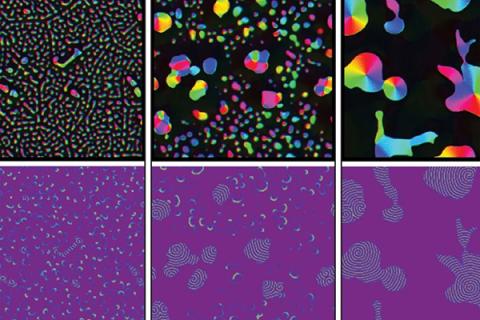
From a distance, they looked like clouds of dust. Yet, the swarm of microrobots in author Michael Crichton’s bestseller “Prey” was self-organized. It acted with rudimentary intelligence, learning, evolving and communicating with itself to grow more powerful.
Read the Full News Story

